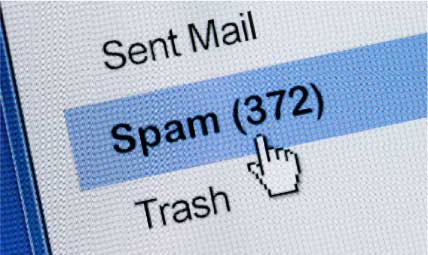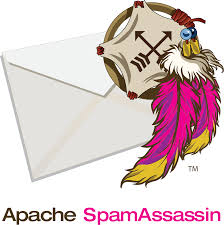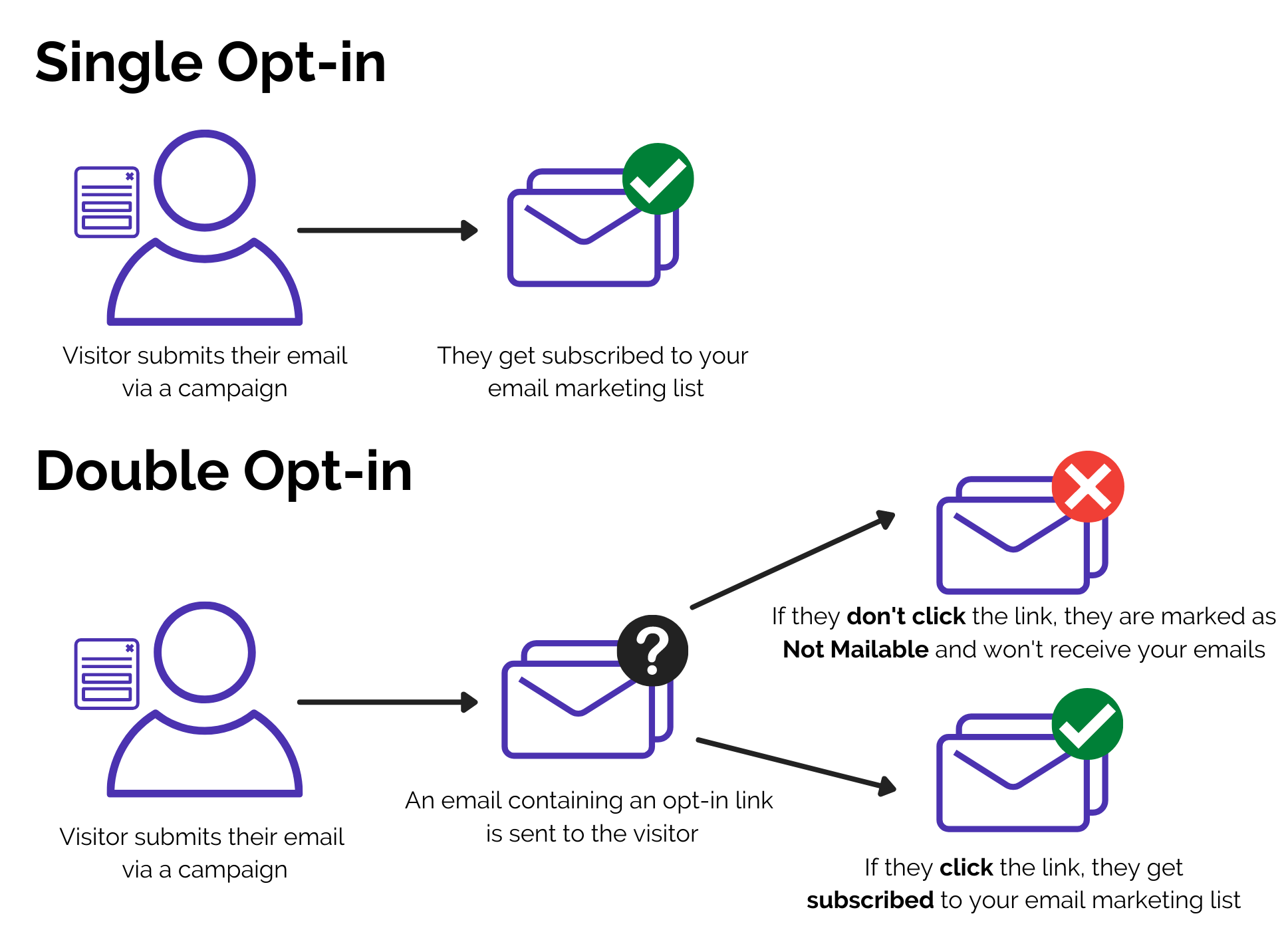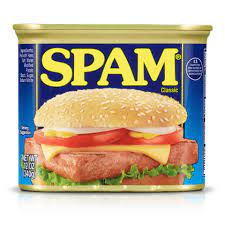Email Spam Rates: Cracking the Code
Master email spam rates for effective marketing. Elevate your campaigns with insights on deliverability and inbox placement.
Updated November 6, 2024.

Email marketing is vital to modern business strategies, providing companies with an efficient and cost-effective way to reach their target audience. But you can't expect to run successful email marketing campaigns if you don't pay close attention to your email sender reputation and spam rates.
So avoid sending unwanted emails to your mailing list, and join us is delving into the world of email spam rates from an email marketer's perspective: from the challenges email marketers face, to the consequences of high spam rates and strategies to reduce them, as well as the future of the email marketing journey in the ever-evolving landscape of digital communication.
Let's do this!
What is a high spam rate?
In the case of email marketing strategy, a high spam rate is when a disproportionately large amount of your emails are getting sent to spam folders instead of people's regular inboxes. A high spam rate tells you that either you're not keeping content relevant to your audience, or your contact list isn't mostly made up of your target audience.
The industry standard spam rate is less than 0.1%, or 1 complaint for every 1,000 sent messages. Anything above this level means your email sender reputation is on the line, as is your reputation as a brand.
In other words, you need to reassess your email program – fast!
Top factors that influence spam rates
Sender reputation
One of the most significant challenges for eCommerce email marketing is ensuring that their messages reach the intended recipients' inboxes. High spam rates can lead to deliverability issues, where legitimate emails end up in spam folders or are blocked entirely. This not only affects campaign success but also damages the sender's reputation.
Email content
Email content plays a significant role in influencing spam rates. The content of an email can impact whether it is classified as spam or delivered to the recipient's inbox. Email filters, including those employed by ISPs (Internet Service Providers) and email service providers, analyze various aspects of email content to make this determination.
Spam reports
Spam reports play a crucial role in influencing spam rates and email deliverability. When recipients mark an email as spam, it provides valuable feedback to email service providers and internet service providers (ISPs). These reports determine the sender's reputation and whether the email should be treated as spam.
Email frequency
Sending too many emails can have a detrimental effect on spam rates and email deliverability. When email marketers send a high volume of emails without proper segmentation, targeting, and monitoring, they can fall into a spam trap. It creates a recipient overload and increases the likelihood of emails being marked as spam.
Email design looks spammy
Spammy-looking emails, characterized by certain visual and content elements that resemble common spam tactics, can significantly impact spam rates and email deliverability. Email filters and anti-spam algorithms are designed to identify and flag such emails to protect recipients from unwanted or malicious content.
Unsubscribing (because of spamming)
Unsubscribing from email lists typically has a positive impact on spam rates and email deliverability. When recipients use the unsubscribe button provided by legitimate email senders, it helps improve deliverability rates and reduce the likelihood of emails being sent straight to the junk folder.
What happens if you have a high spam rate
A high spam rate can lead to significant consequences and challenges for legitimate senders. These include even interested email subscribers not seeing your future emails, or worse, getting banned by email providers or slammed with legal fees or other repercussions.
You want to make sure that your email marketing efforts are not making people regret ever giving you their email addresses, and beyond that, you want to convert them into potential customers who appreciate your brand and email communications.
Prefer to have some expert help? Hire an email marketing consultant vetted by Mayple. We'll match you with the best one for your industry, in a matter of days!
How to measure spam rate
So now you might be wondering how to find out whether you've been sending too many spam emails to your list. Here's how to find out:
SpamAssassin Score
SpamAssassin is an open-source email filter used to identify and filter out spam or unsolicited emails. It assigns a "SpamAssassin score" to each incoming email, which indicates the likelihood that the email is spam. This score is also known as the "spam score" or "spam threshold."
Complaints
In the context of email marketing, "complaints" typically refer to when email recipients report or express dissatisfaction with the emails they receive from a particular sender. Options available via the email client are standard for spam complaints. These are a significant concern for email marketers, as they can have negative consequences for a sender's reputation, deliverability, and the overall success of email marketing campaigns.
Email bounce rate
An email bounce rate is a metric that measures the percentage of emails sent in an email marketing campaign that don't successfully reach the intended recipients' inboxes. Instead, these emails "bounce" back to the sender for various reasons, such as the recipient's email address being invalid, the recipient's mailbox being full, or the email server being temporarily unavailable.
How to reduce your spam rate
When it comes to cracking the code of reduced spam rates, let us delve deeper into what you can do to reduce your spam rate and ensure optimal email deliverability and reputation!
Employ double opt-in verification
Implement a double opt-in process, where subscribers confirm their subscription after signing up. This helps ensure that your subscriber lists genuinely want to receive your emails.
Make sure everyone opted in over the last 12 months
Consent Freshness: Subscribers who have opted in within the last 12 months are more likely to be active users who remember and recognize your brand and consent to receiving your emails. Their engagement is more recent, indicating they are active and interested in your content. Weed out inactive users who will likely end up hitting that spam button anyway.
Don't buy or exchange mailing lists
Purchased email lists often contain email addresses of users who have not consented to receive emails from your organization. These recipients may have no prior knowledge of your brand, products, or services. Sending unsolicited emails to these people is highly likely to raise the percentage of emails reported from your campaigns, as well as lower engagement, and increase unsubscribe rates and spam complaints.
Include a visible unsubscribe link
Including a visible unsubscribe link in your marketing emails is not only a user experience best practice but is also a legal requirement in many jurisdictions, including the United States under the CAN-SPAM Act and in Europe under the General Data Protection Regulation (GDPR).
Indicate how the contact got on your list
Indicating how a contact got on your email list is an important aspect of transparent and ethical email marketing. Transparency and trust are key. Clearly communicating how a contact was added to your list builds trust with your subscribers. It shows that you are open and honest about your email marketing practices, which can lead to a positive perception of your brand.
Send welcome messages
A welcome message serves as a confirmation email to the subscriber that they have successfully subscribed to your email list. It reinforces their decision to join and confirms that their email address is valid. This can be part of a greater sequence of onboarding messages that preps folks for the kind of future messages they'll receive from you.
Your emails should come from the same domain contacts signed up
Emails that come from a different domain than expected can confuse and concern recipients. This may lead them to look for that spam button. Sending from the same domain that contacts signed up with minimizes the likelihood of spam complaints.
Personalize and segment your communications
Personalized emails and well-segmented lists are key to reducing spam rates in email marketing by enhancing the relevance and engagement of your emails. When subscribers receive personalized content that is tailored to their interests and needs, they are less likely to consider those emails as spam.
Don’t send too many emails...
Over-emailing your subscribers can lead to "email fatigue," where recipients become overwhelmed with the volume of emails in their inbox. As a result, they may start marking your emails as spam to reduce the clutter. This is where a feedback loop is incredibly helpful in moving towards a strategy where every single email you send is relevant to your audience.
...But also don’t send them sporadically
If subscribers are not accustomed to receiving emails from you on a regular schedule, they may be more likely to mark sporadic messages as spam emails. Inconsistent sending can confuse or irritate recipients, prompting them to report your emails as unwanted.
Regularly remove and reactivate inactive subscribers
Inactive users who never open or engage with your emails can negatively impact your email list's overall quality. Sending to a large number of inactive recipients can lead to high bounce rates and a percentage of emails reported as spam.
Mention the business name
Including your business name in the "from" field or within the email content adds transparency and authenticity to your emails. This transparency helps recipients recognize your brand and understand the source of the email.
Keep your emails relevant
Relevant emails are more likely to be opened, read, and acted upon by recipients. When subscribers engage with your emails by opening, clicking, and taking desired actions, it sends a positive signal to email service providers (ESPs) that your emails are legitimate and valuable.
The challenges of reducing spam reports
Evolving spam tactics
Cybercriminals are constantly developing more sophisticated phishing techniques. These can include highly convincing email content and fake websites designed to steal sensitive information. As phishing emails become harder to distinguish from legitimate messages, it can be more challenging to filter them out effectively.
Lack of understanding of what spam is
The ambiguity of the term: The definition of spam can vary depending on the context, jurisdiction, and individual perspective. Some may have a narrow view of spam, associating it only with illegal or malicious email, while others may not fully understand the broader concept of unwanted or irrelevant email.
Evolving email marketing practices: The field of email marketing is continuously evolving, with new tactics and technologies emerging. What might have been acceptable email marketing practices in the past may no longer align with current best practices, leading to confusion.
Lack of education: Some email marketers may not have access to comprehensive training or educational resources on best email marketing practices and spam regulations. They may not be aware of the potential consequences of spam-related activities.
Some spam mimics legitimate emails
Spammers may exploit legitimate email services to send their messages, making it more challenging for spam filters to block them. They can use compromised accounts or create free email addresses on well-known email platforms, making it difficult to distinguish between legitimate and malicious senders.
You've conquered spam rates!
Email spam rates present significant challenges to email marketers. High spam rates can lead to deliverability issues, damage sender's reputation, reduce email engagement, and result in legal and financial risks. However, with the right strategies in place, email marketers can mitigate these challenges and navigate the evolving landscape of email marketing.
Maintaining list hygiene, obtaining explicit consent, personalizing content, implementing authentication protocols, and complying with regulations are all essential components of reducing spam rates and improving campaign success. Moreover, email marketers must stay attuned to the changing landscape of email marketing, leveraging technology and best practices to remain effective in reaching their target audience.
In the future, email marketing will continue to evolve, with AI, privacy, mobile optimization, and enhanced personalization playing significant roles in shaping the industry. Adapting to these changes and maintaining a commitment to responsible and relevant email marketing practices will be crucial for success in the years to come.
Prefer to have some expert help? Hire an email marketing consultant vetted by Mayple. We'll match you with the best one for your industry, in a matter of days!








